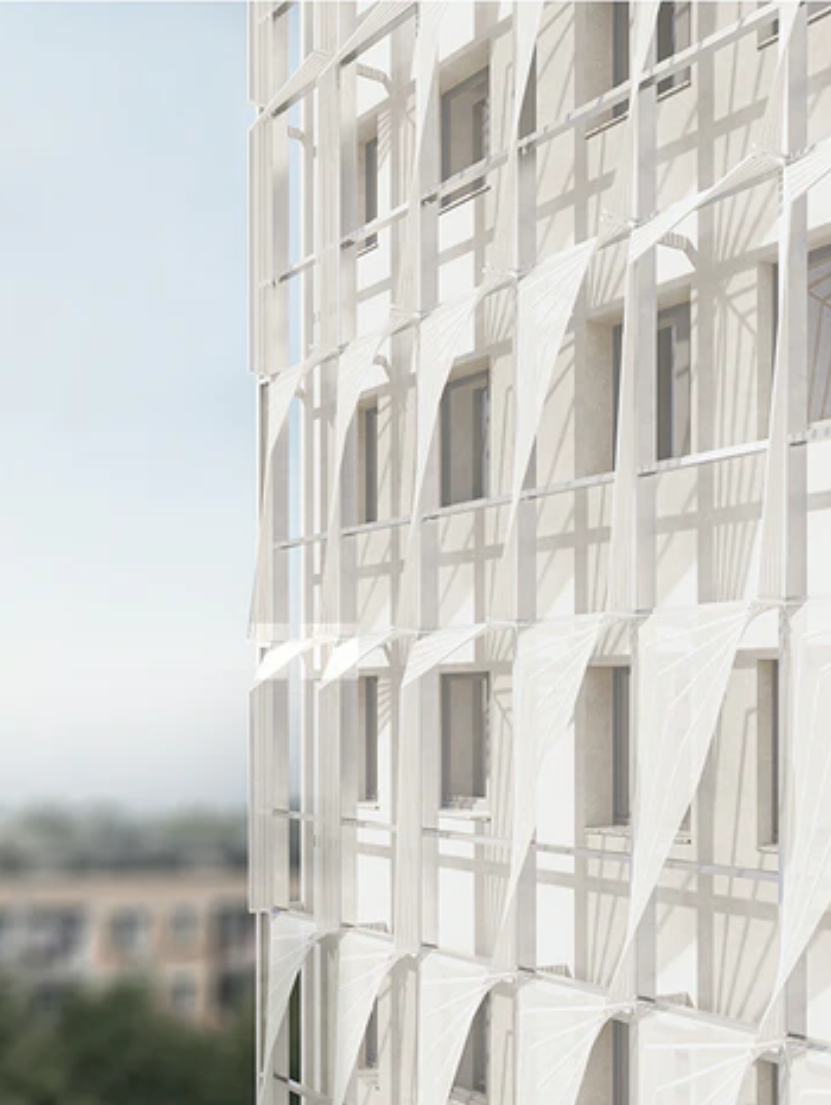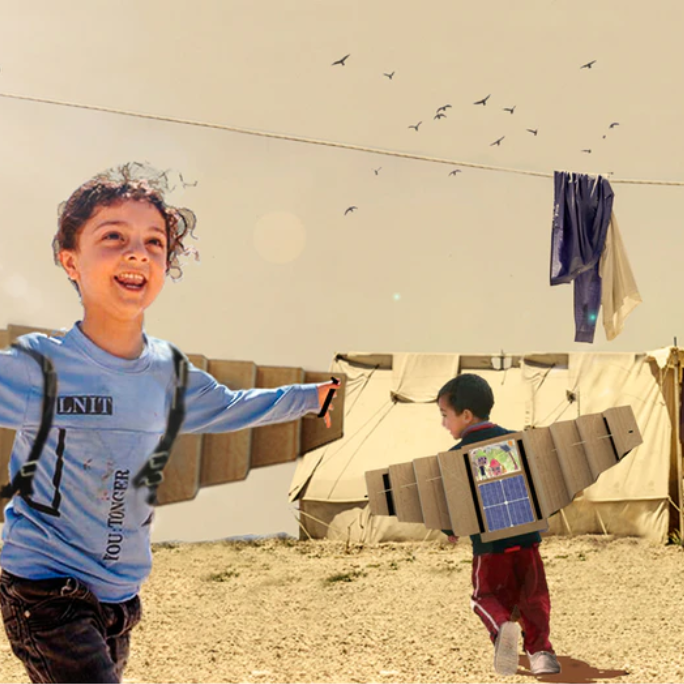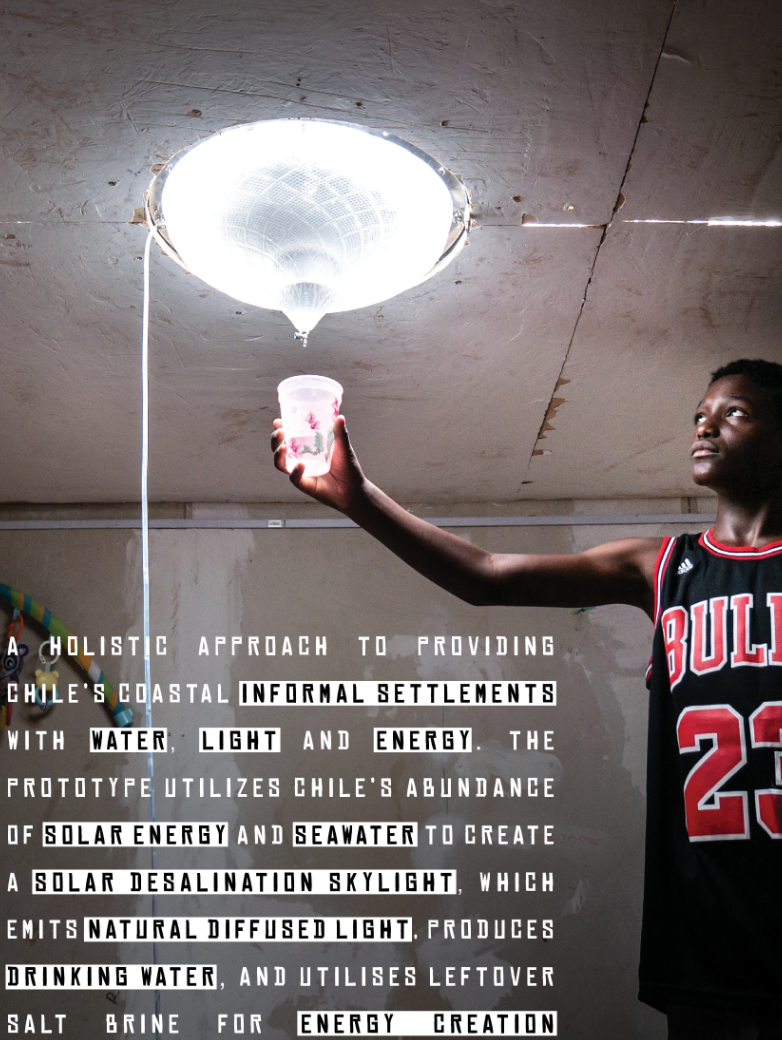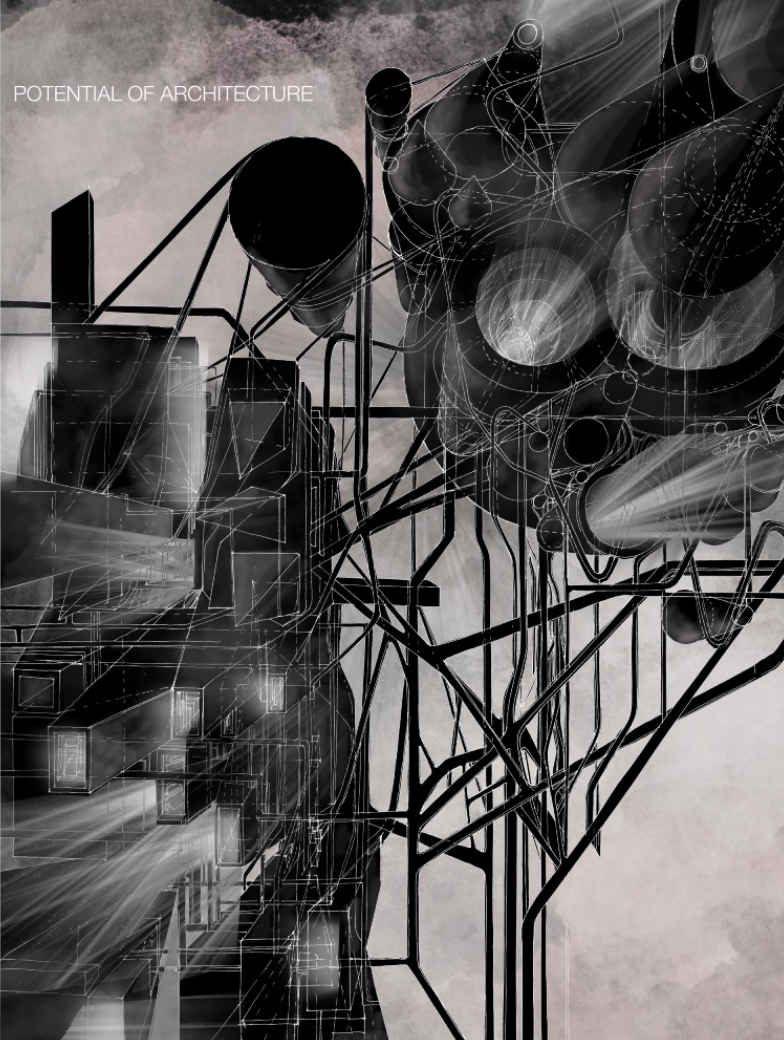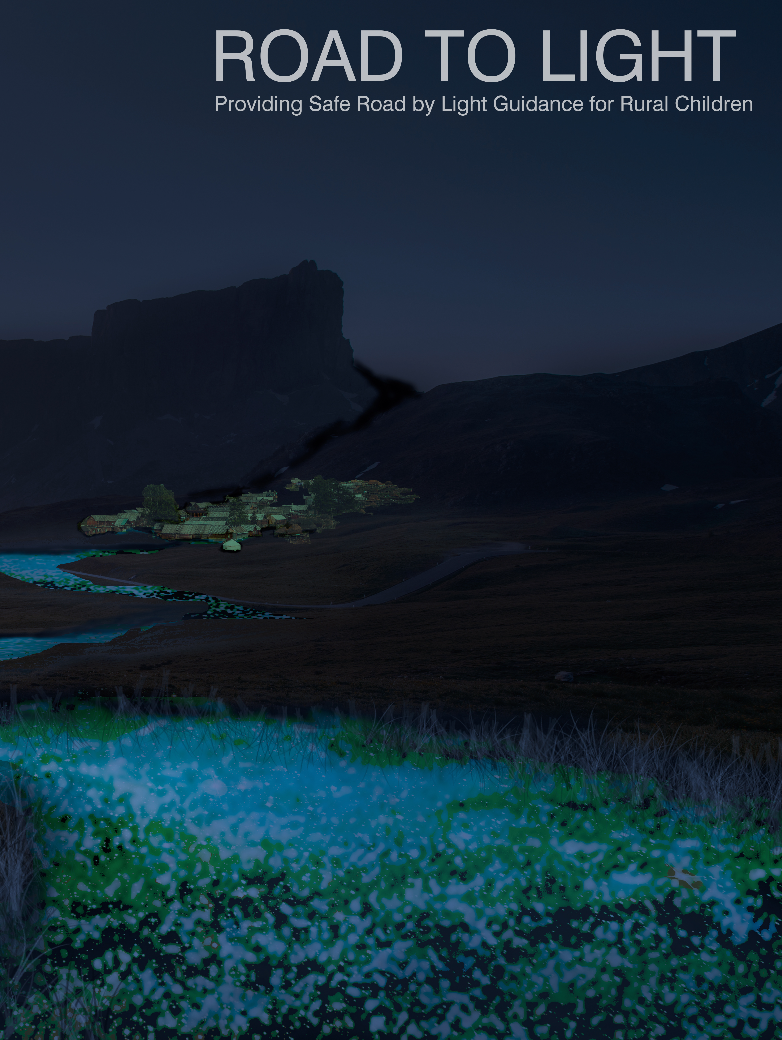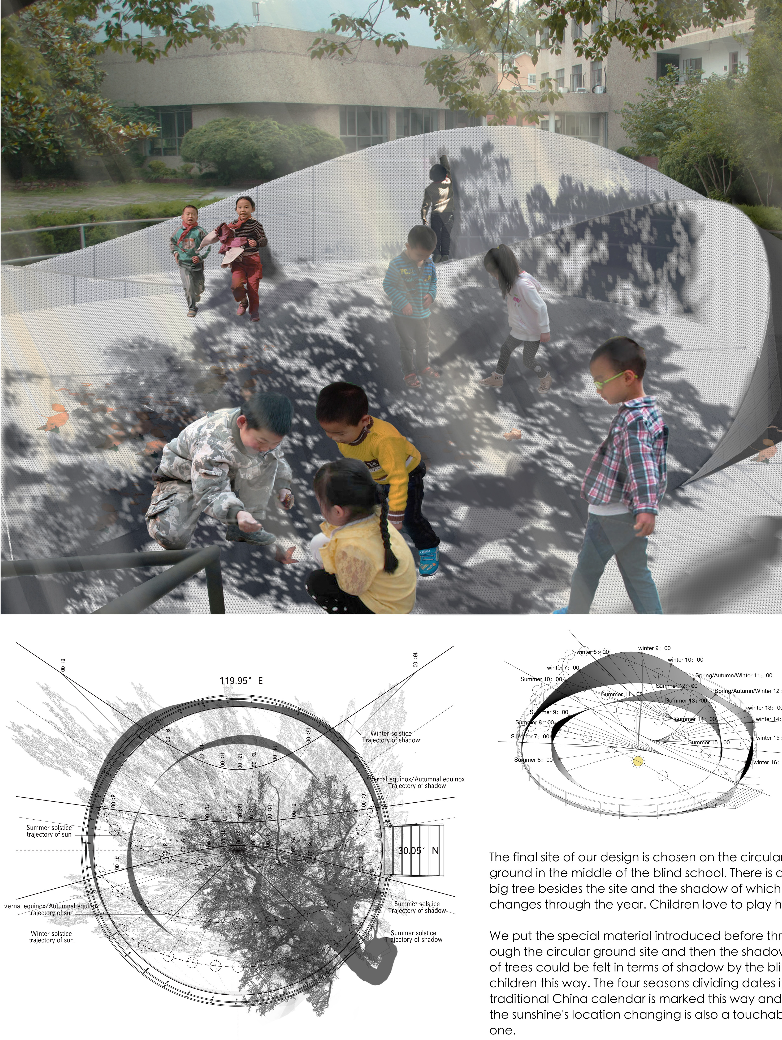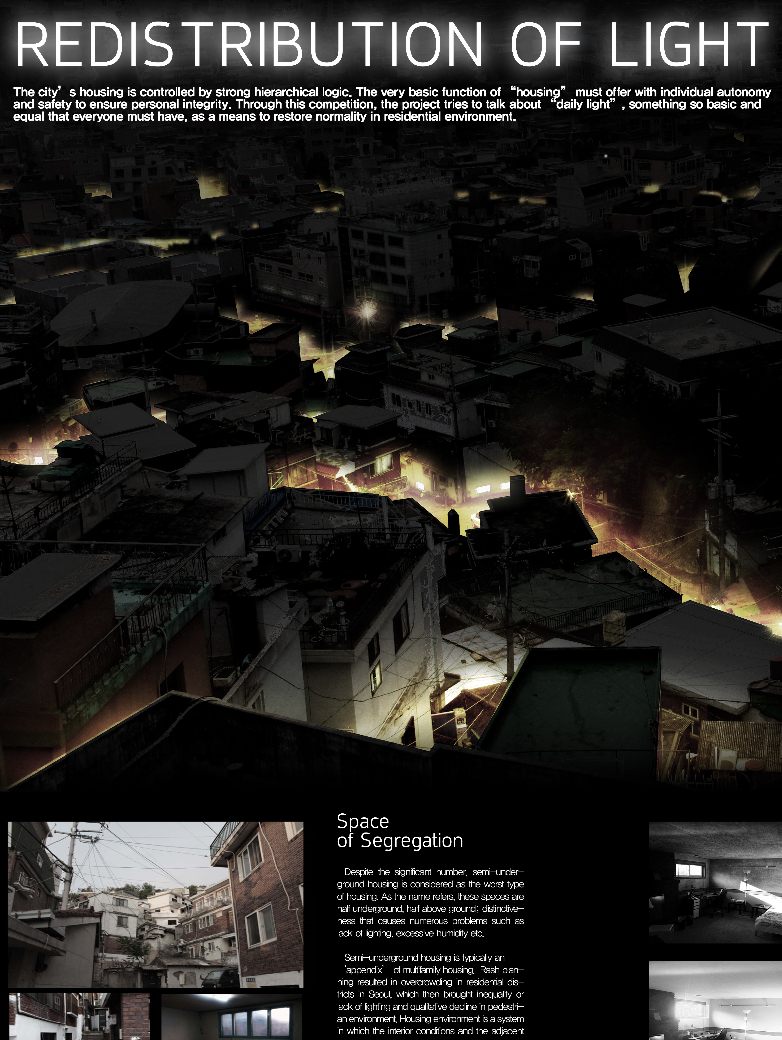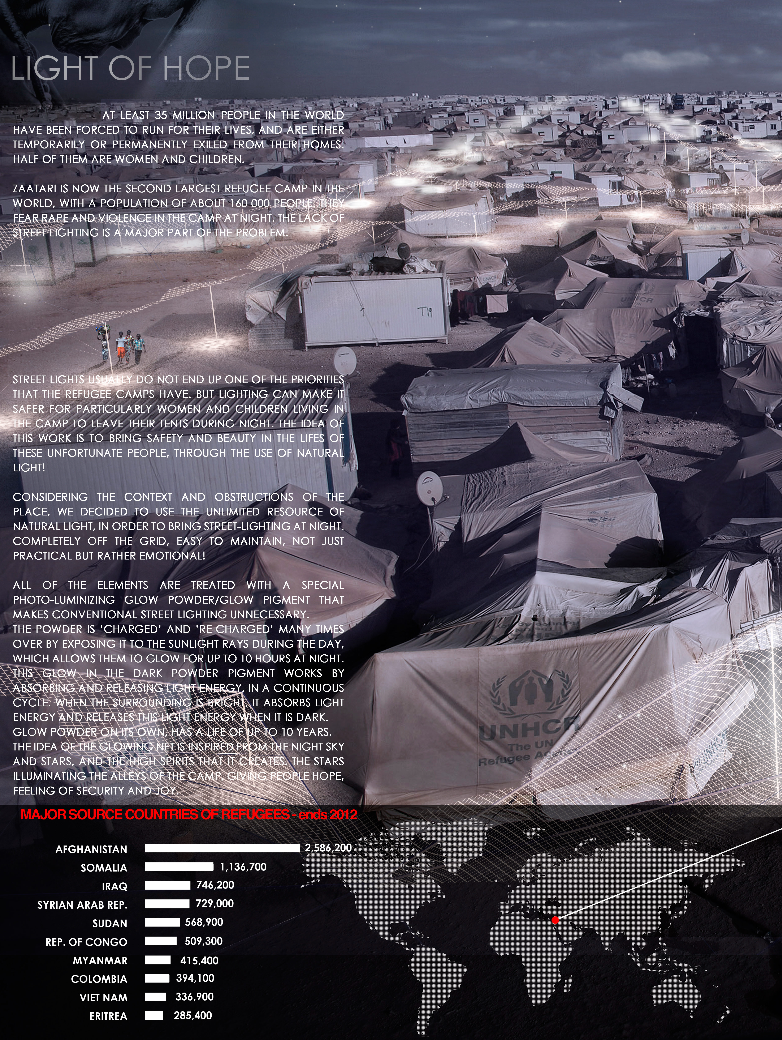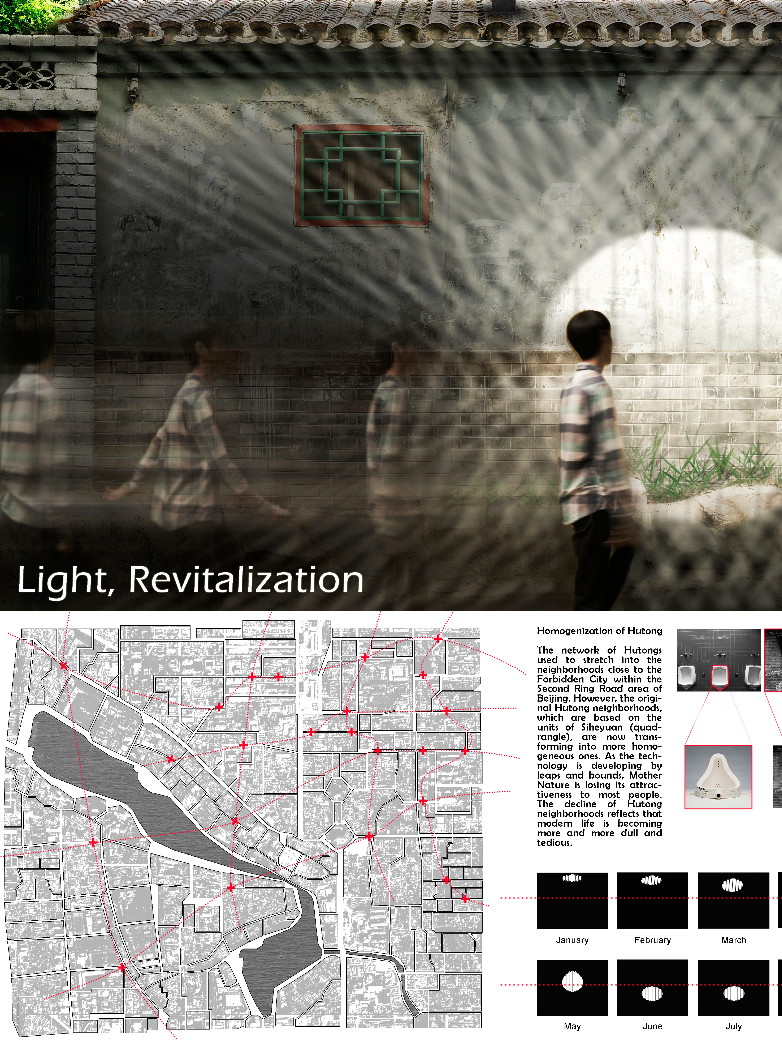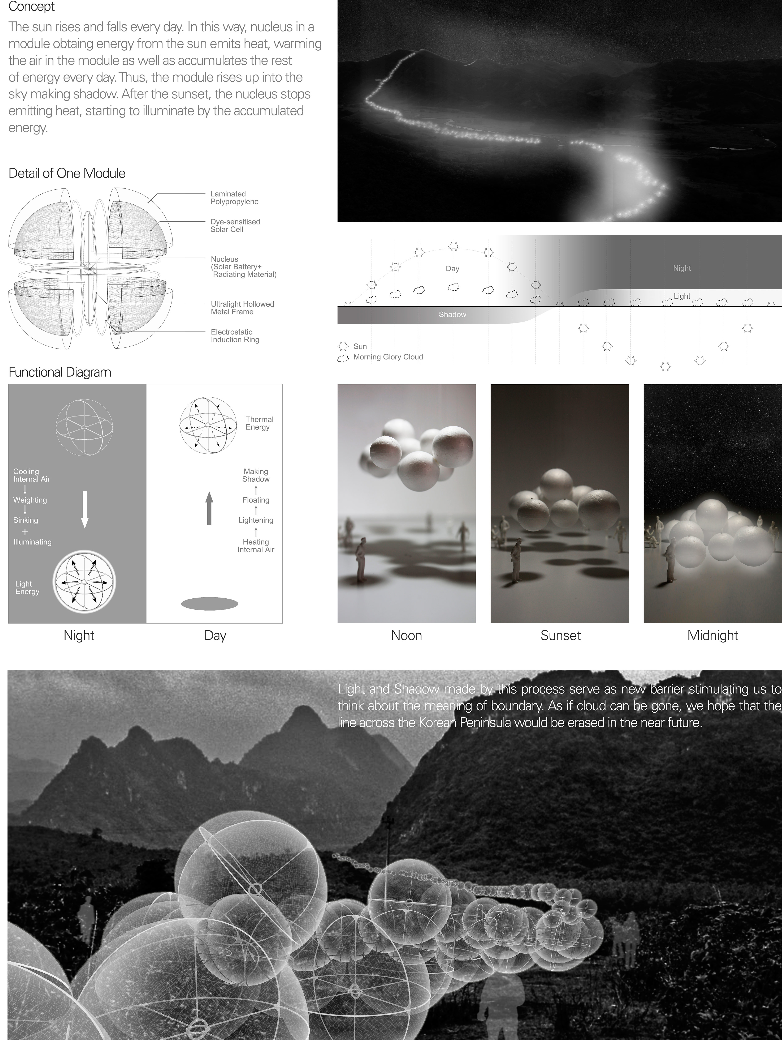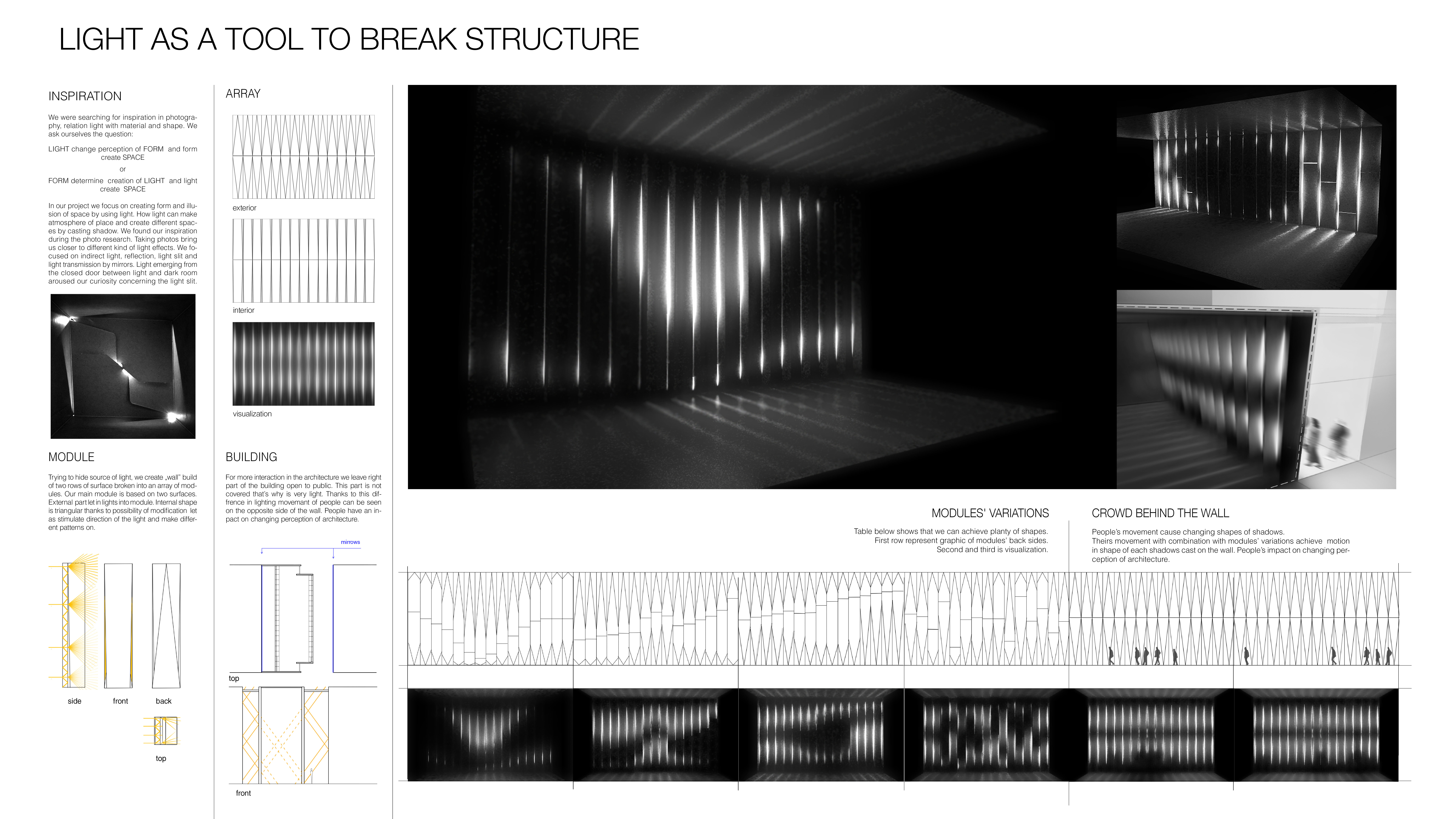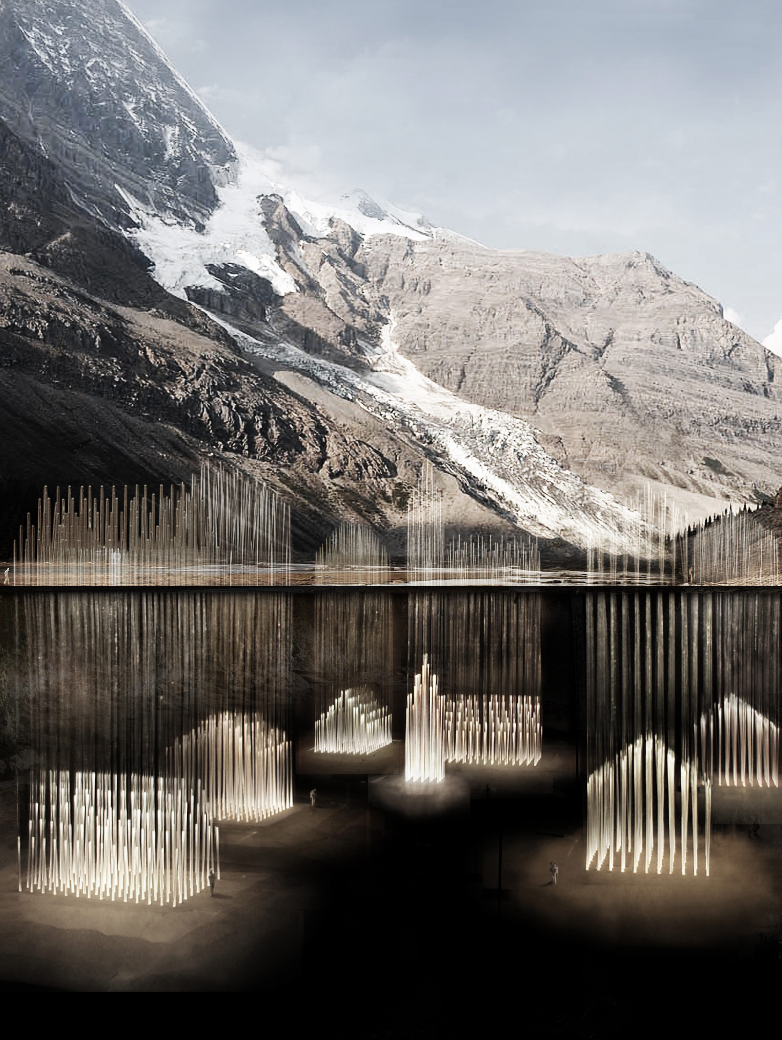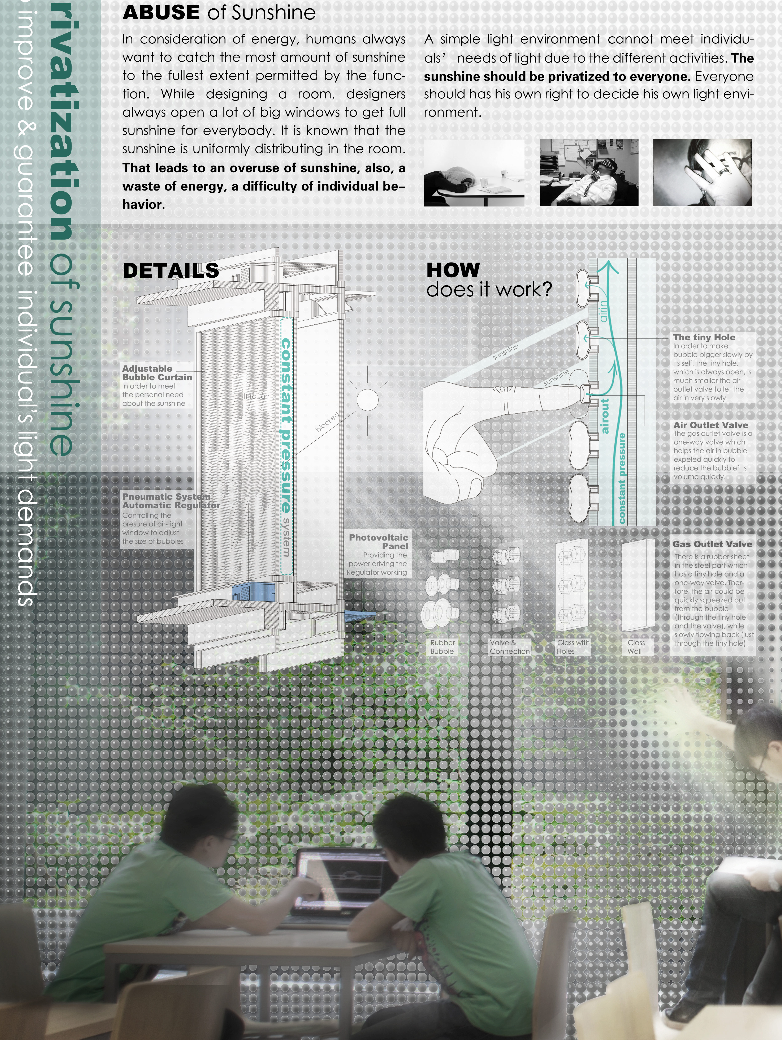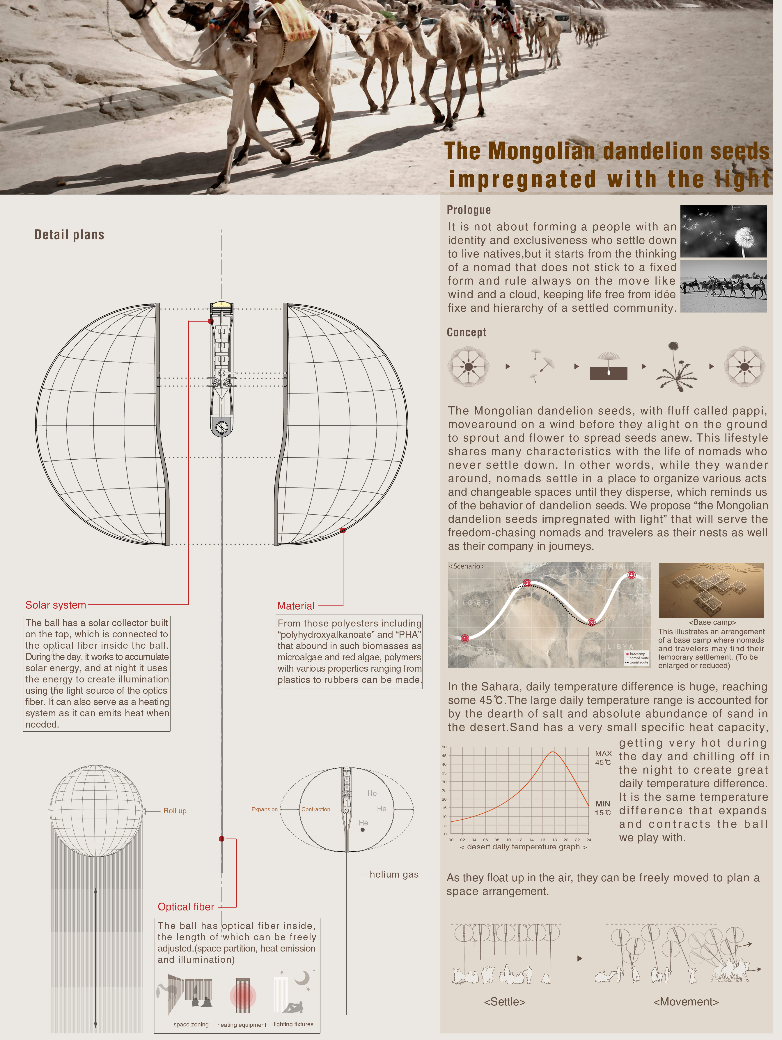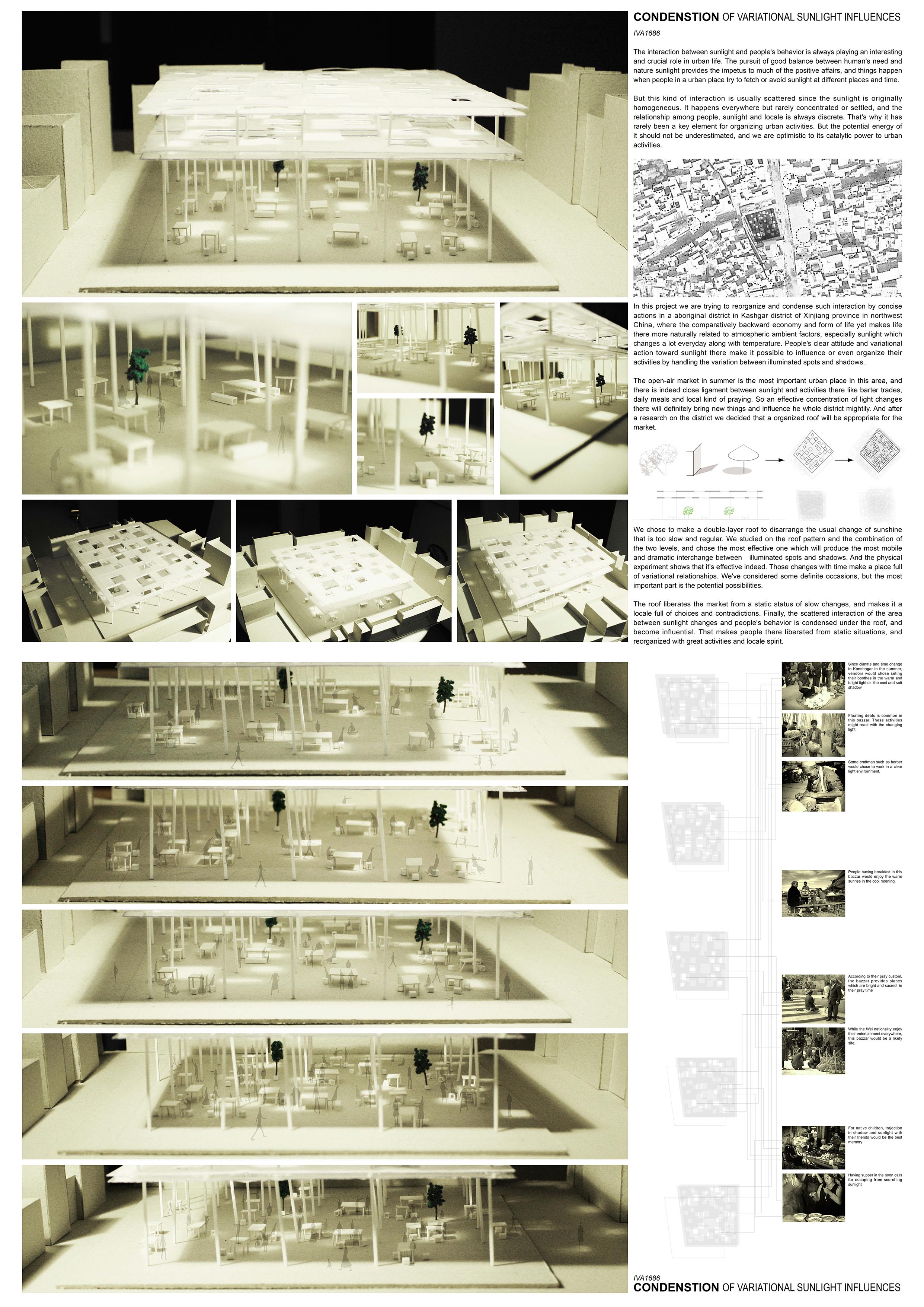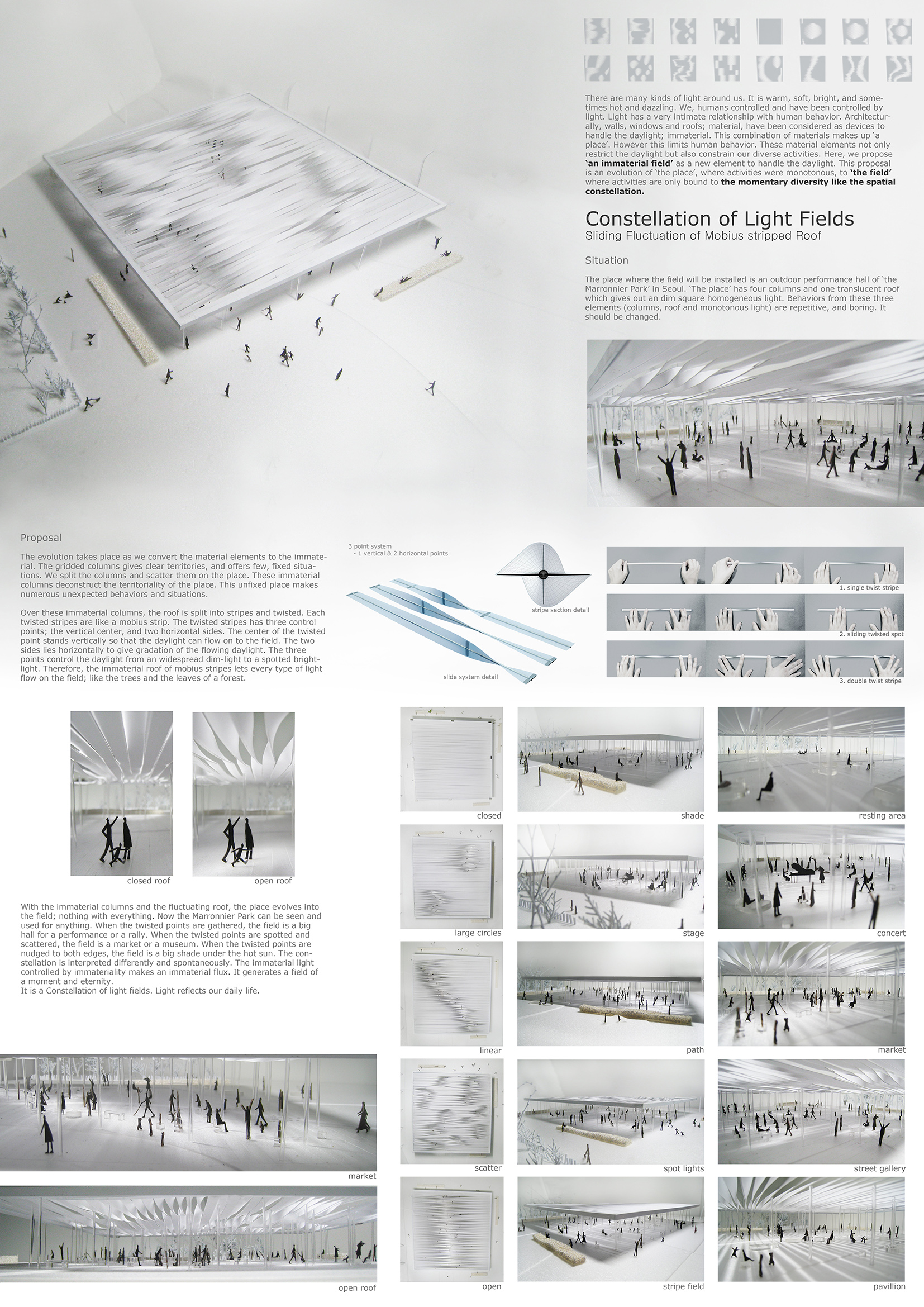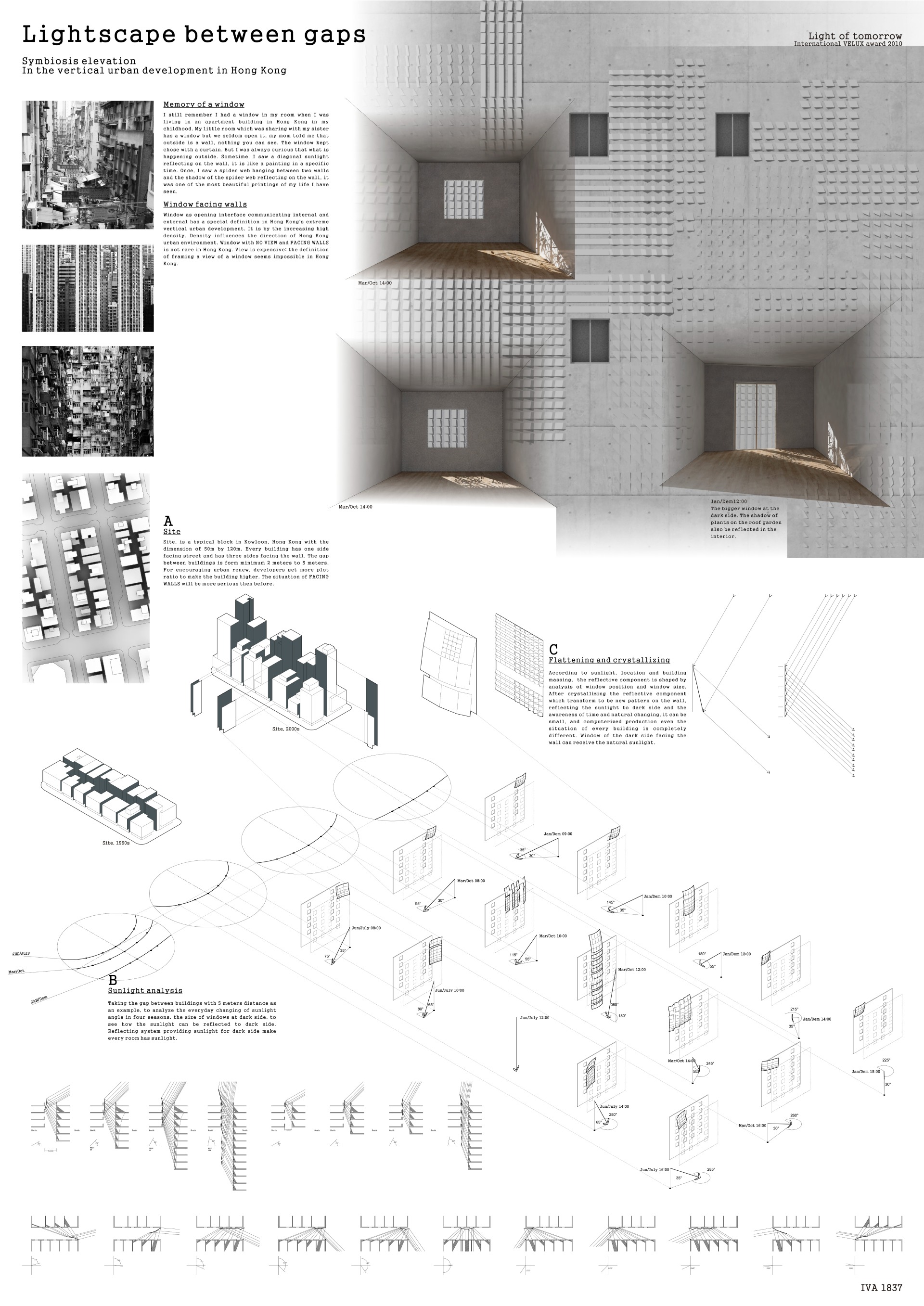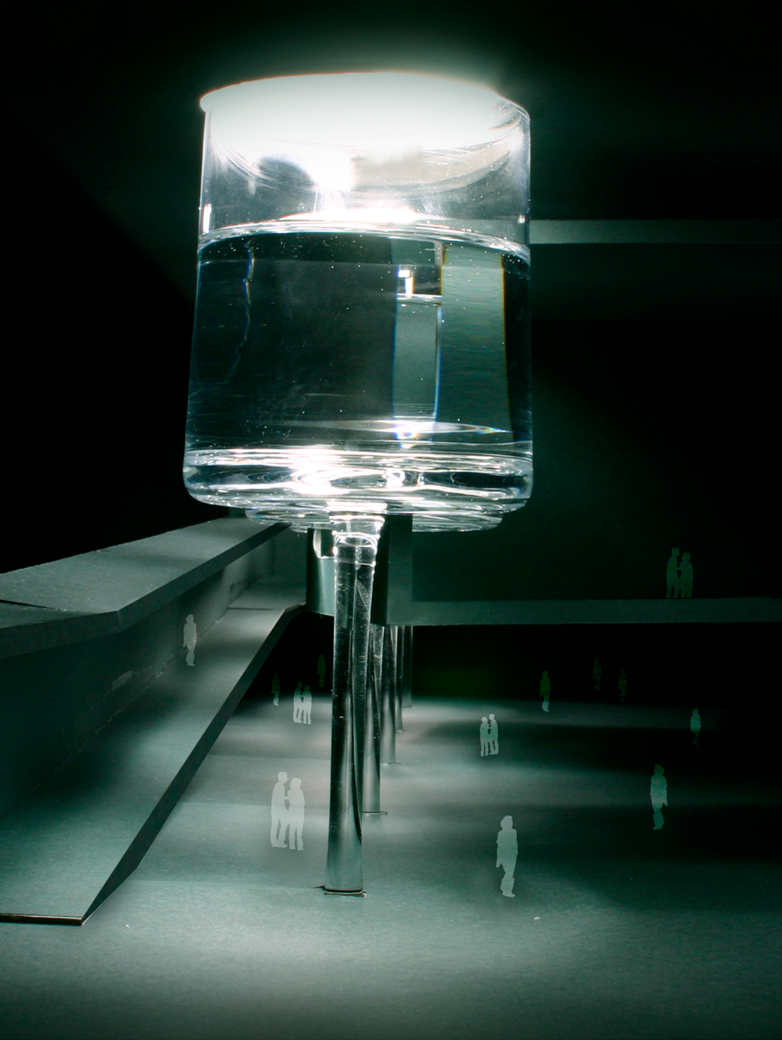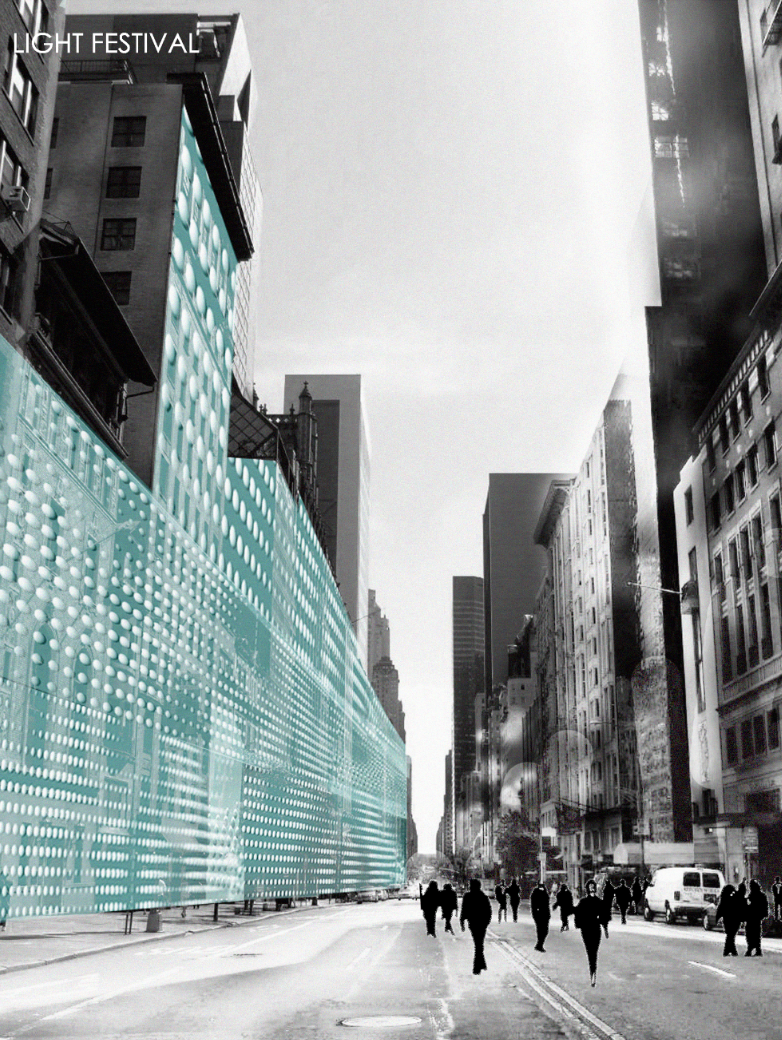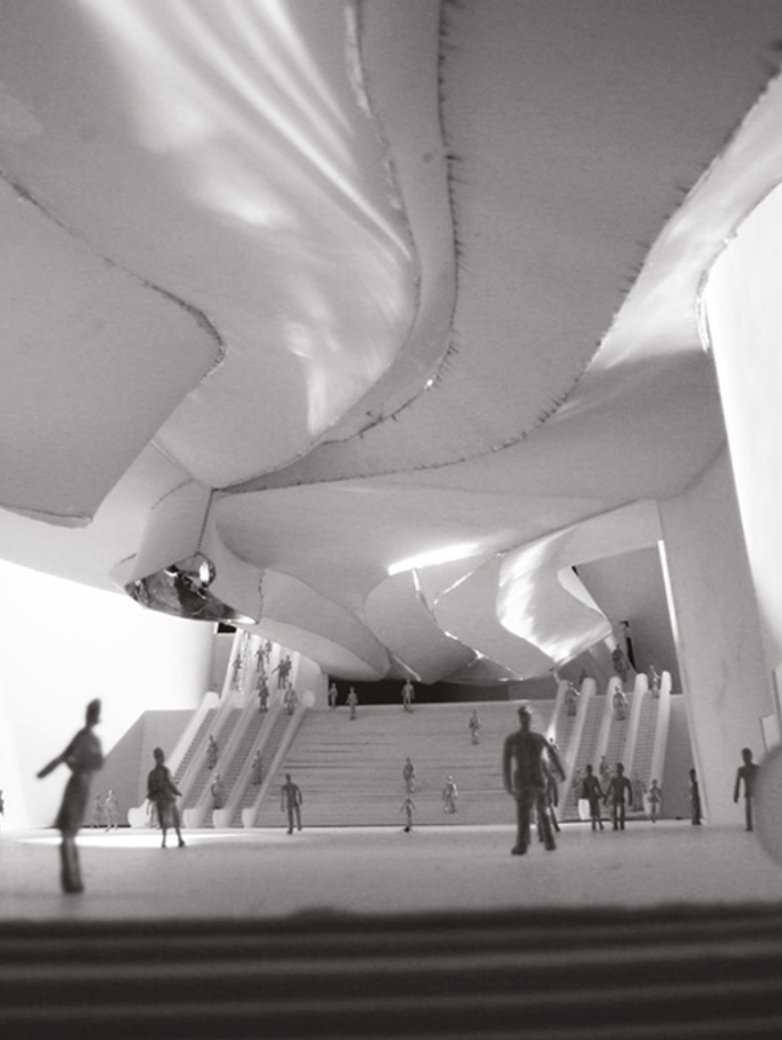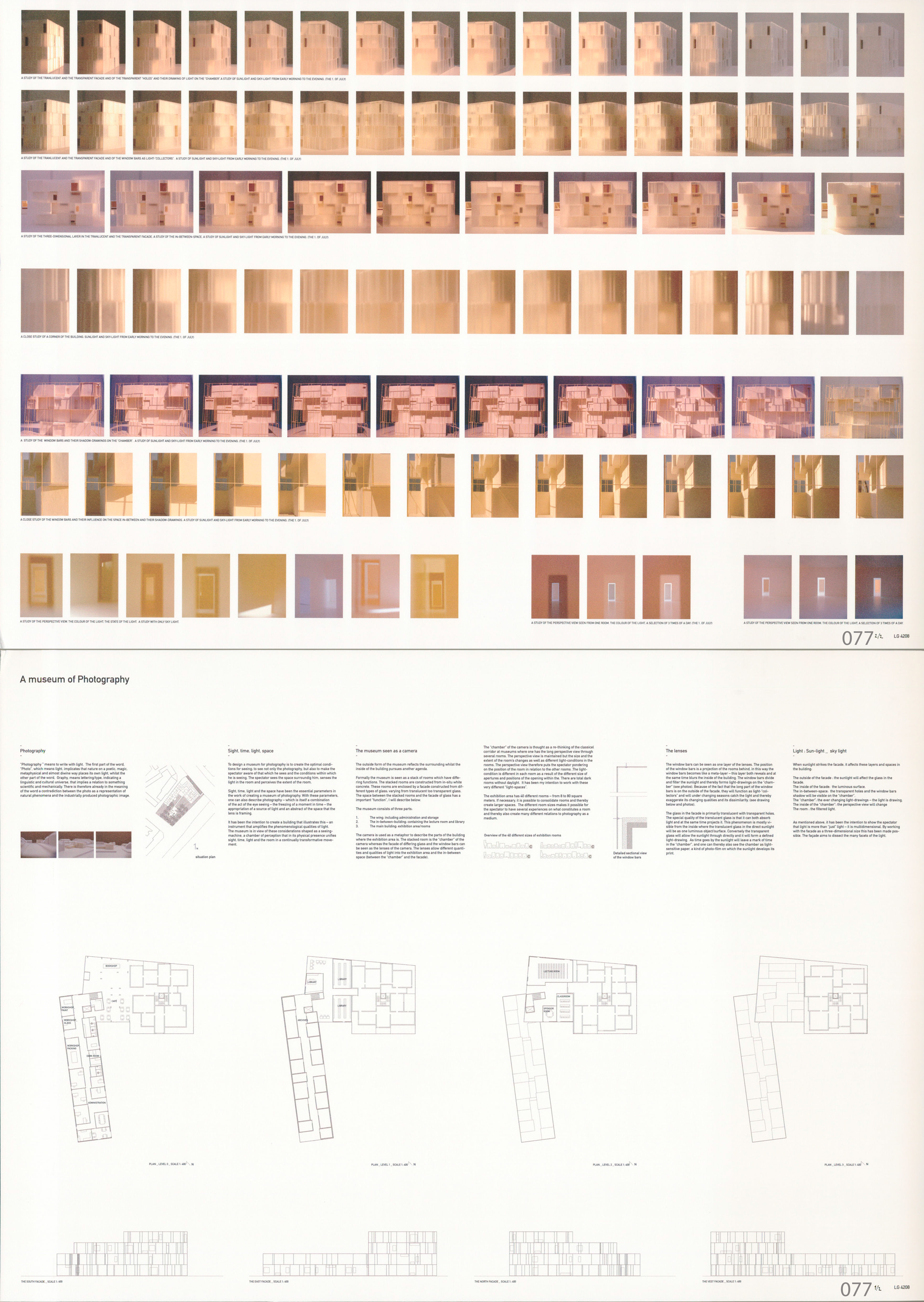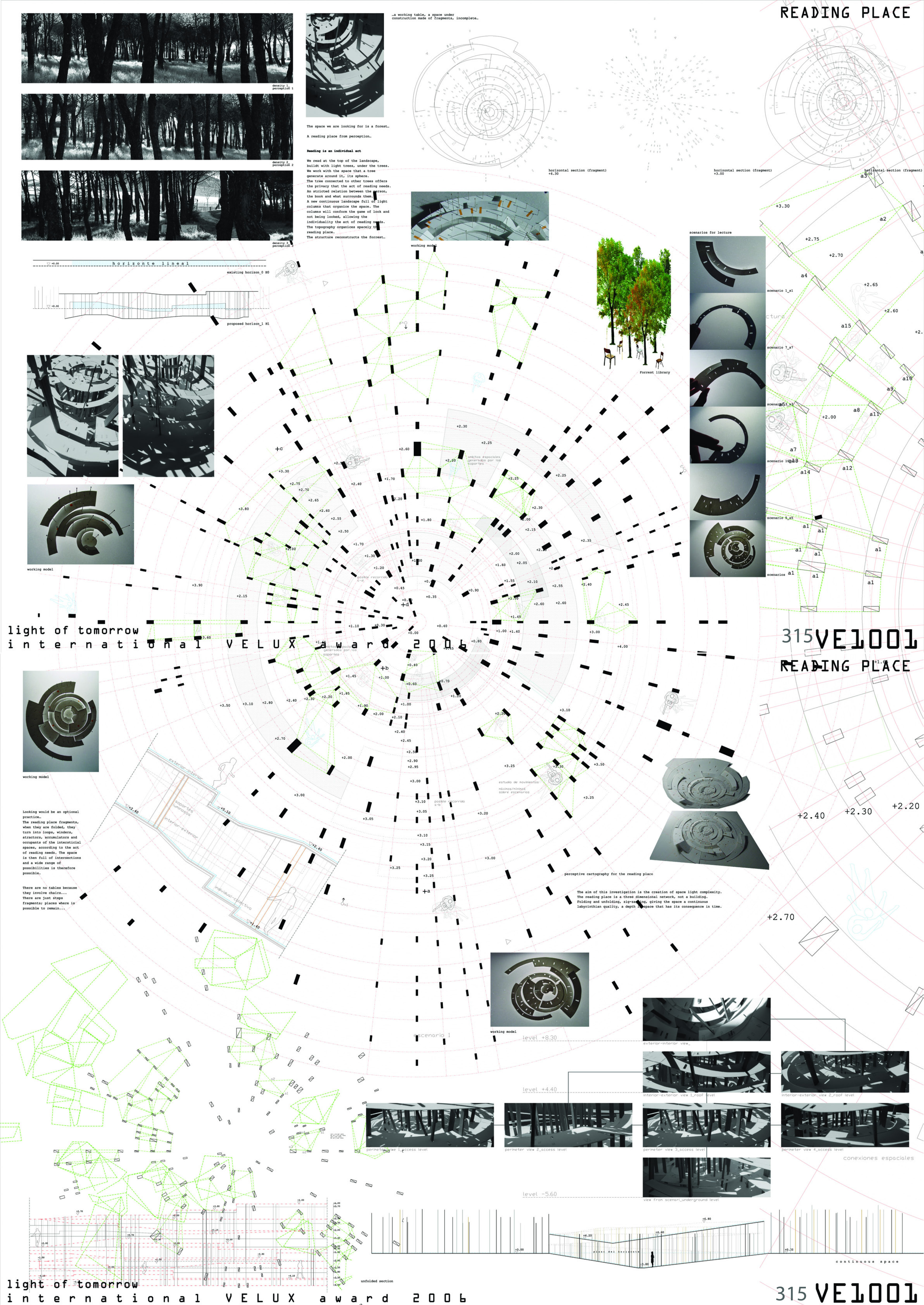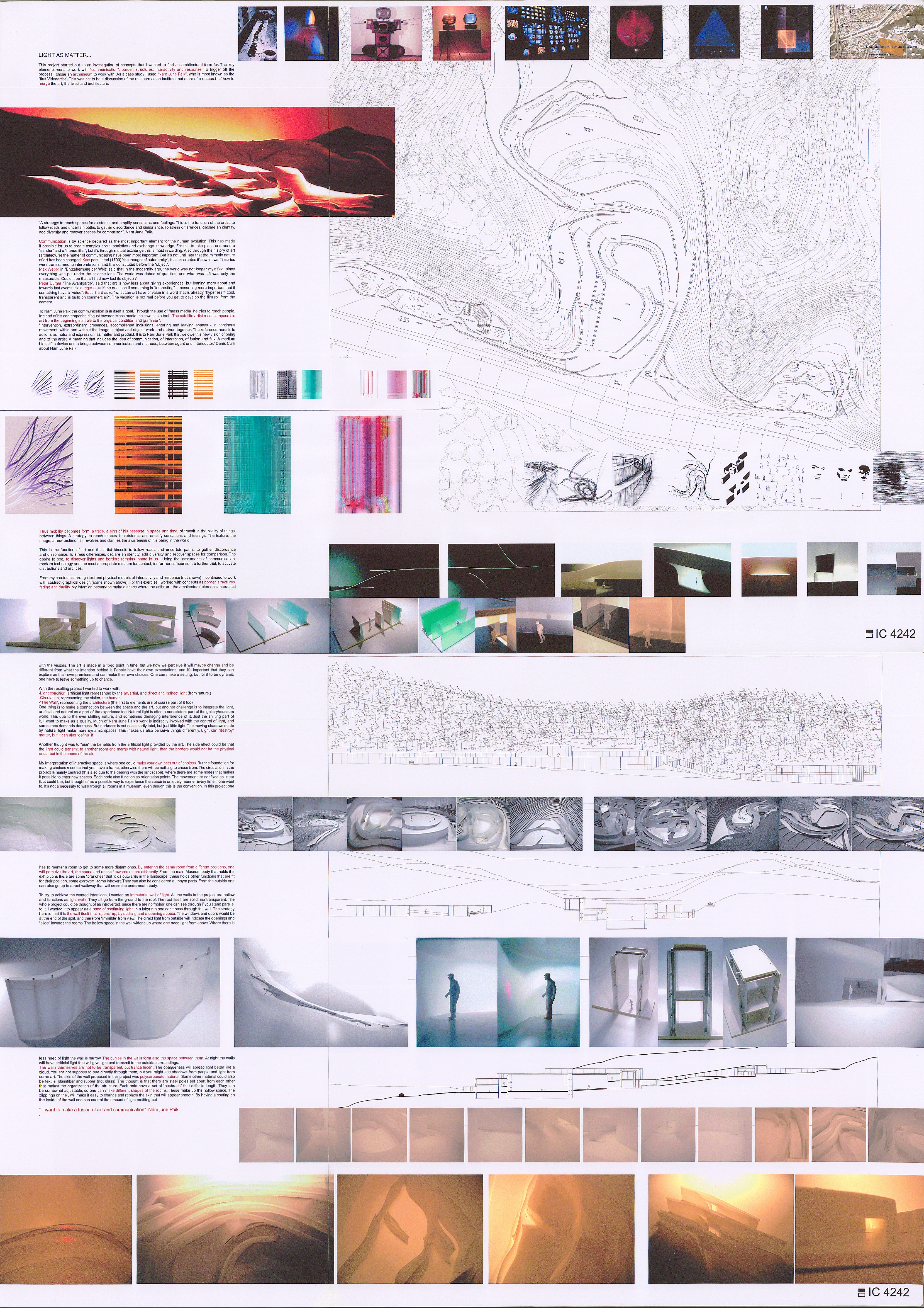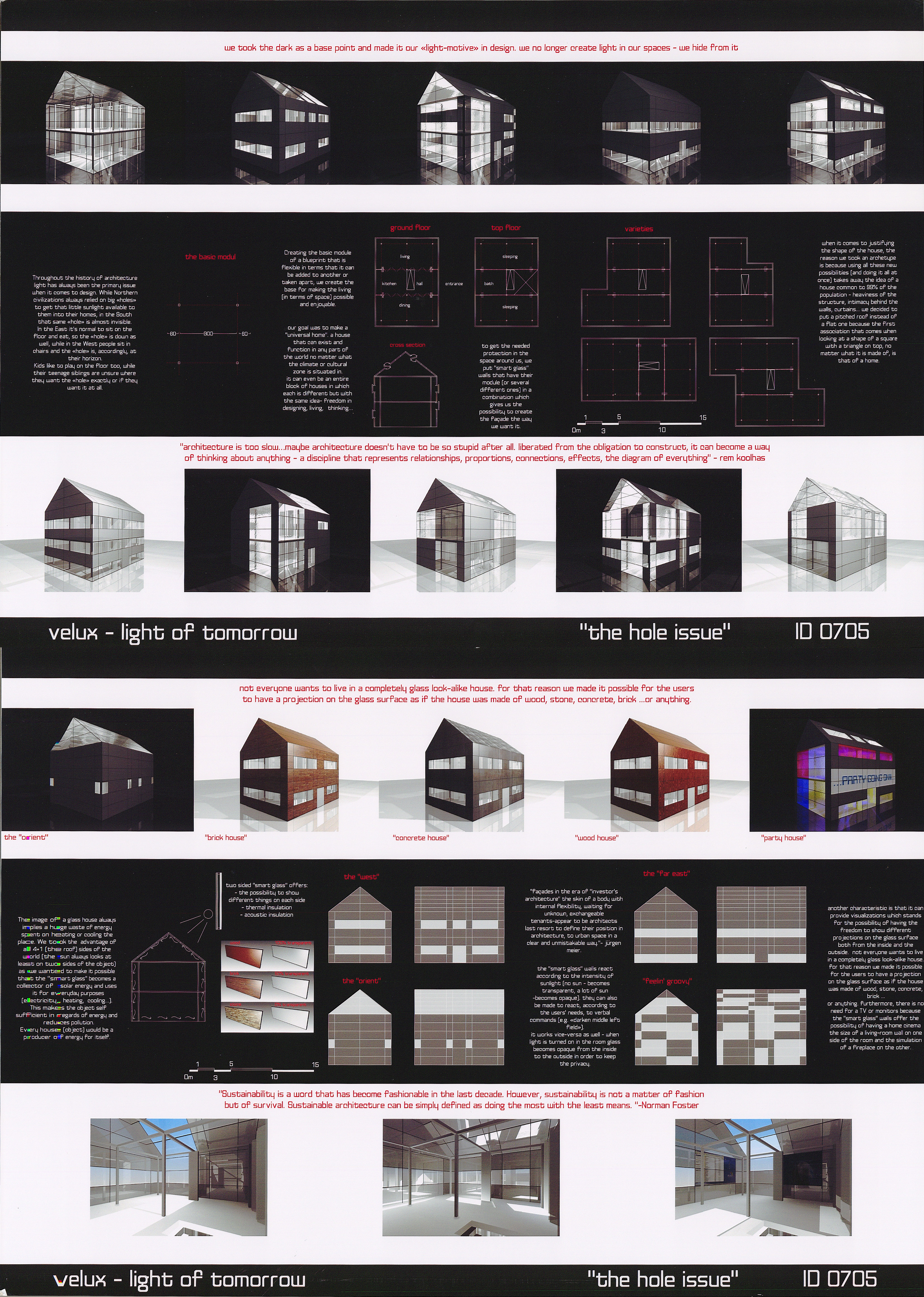2024 - Lunar Flutters

Category
Daylight investigations - Region 1: Western Europe
Students
Alma Kober Sørensen
Teacher
Runa Johannessen
School
Royal Danish Academy
Country
Denmark
Download
Download project board
LUNAR FLUTTERS
Light for Night Life
Daylight in architecture is typically seen as an aspect of design created by and for humans. This project challenges this perspective, encouraging us to view architecture not merely as human-centric structures but as habitats for other animals as well.
“Lunar Flutters” focuses on biodiversity and the beauty of nightlife, inviting us to share our approach to light with more species than just humans. The program aims to explore the coexistence of humans with nature and its organisms, investigating the role of the built environment within the ecosystem.
Globally, biodiversity is under threat, with 28% of all species at risk according to the IUCN Red List. It is crucial that our architectural designs consider and support the biodiversity in which they exist, including the impact of light. This project takes place in Dhun, Rajasthan, India, a region characterized by harsh desert conditions, prolonged heatwaves, and a brief monsoon season.
“Lunar Flutters” shines a light on the often-overlooked night butterflies—moths. Rajasthan’s environment is home to a diverse array of beautiful night moths with unique patterns and colors. Moths play a vital role in pollinating flowers, underscoring their ecological importance. This project uses light to foster a connection between local Indian children and their parents, attracting night flutterers to the evening light.
“Lunar Flutters” seeks to replace electric bug zappers commonly found in homes, promoting a more compassionate and curious engagement with the beauty of nighttime nature. Awareness is the first step towards nature preservation. By fostering a stronger connection and curiosity towards nocturnal moths, further engagement can be made to ensure the protection of our biodiversity.
The lamp is strategically placed at the top center of the roof, at the culminating point of the reciprocal wooden structure, creating a natural space for nightlife to thrive. Powered by solar cells on the roof, the LED circular lamp harnesses Rajasthan’s abundant solar energy.
The lamp is encased in soft linen fabric, supported by metal rings around the LED pipe, which diffuses the light gently into the room and provides a soft resting place for moths.
“Lunar Flutters” is part of a broader investigation into multispecies living in architecture, where facades and roofs are shared among many species, including migratory birds and local insects.
